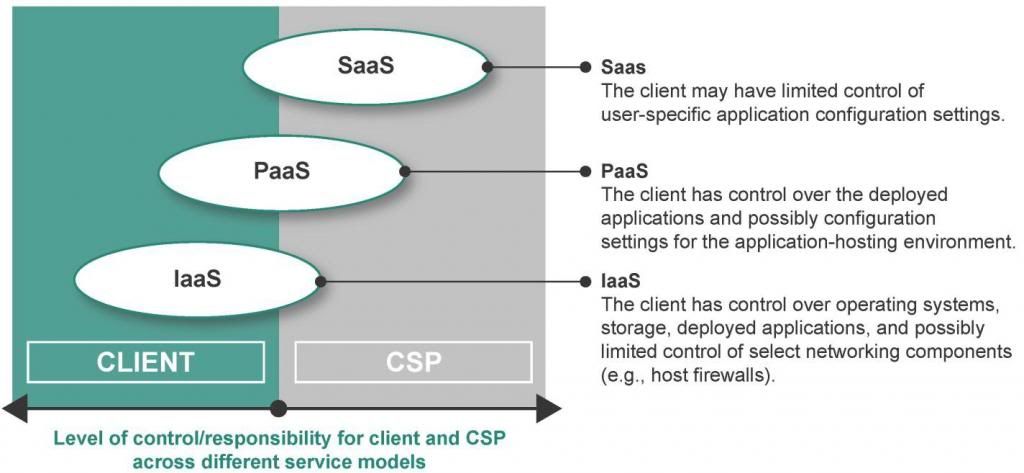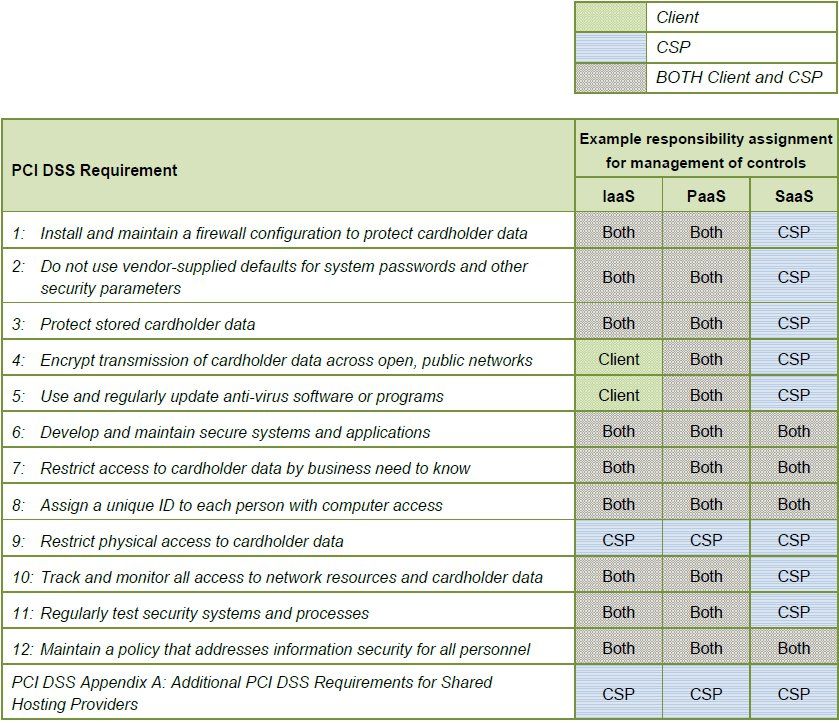According to their press release:
"One of cloud computing’s biggest strengths is its shared-responsibility model. However, this shared model can magnify the difficulties of architecting a secure computing environment," said Chris Brenton, a PCI Cloud SIG contributor and director of security for CloudPassage. "One of this supplement’s greatest achievements is that it clearly defines the security responsibilities of the cloud provider and the cloud customer. With PCI DSS as the foundation, this guidance provides an excellent roadmap to crafting a secure posture in both private and public cloud."
So, first things first:
This is an information supplement, not intended to replace the PCI Data Security Standard (DSS), but rather to enhance the work done during the development of the Virtualization Guidelines in June of 2011. They have acknowledged the move toward Cloud Services, and have created a set of guidelines to allow businesses to remain PCI Compliant while moving their workloads to the Cloud.
To diferentiate roles and responsibilities between Cloud Customer and Cloud Service Provider, the PCI Security Standards Council leverages the definitions of Cloud Computing provided by NIST to outline the common deployment models:
- Private cloud. The cloud infrastructure is provisioned for exclusive use by a single organization comprising multiple consumers (e.g., business units). It may be owned, managed, and operated by the organization, a third party, or some combination of them, and it may exist on or off premises.
- Community cloud. The cloud infrastructure is provisioned for exclusive use by a specific community of consumers from organizations that have shared concerns (e.g., mission, security requirements, policy, and compliance considerations). It may be owned, managed, and operated by one or more of the organizations in the community, a third party, or some combination of them, and it may exist on or off premises.
- Public cloud. The cloud infrastructure is provisioned for open use by the general public. It may be owned, managed, and operated by a business, academic, or government organization, or some combination of them. It exists on the premises of the cloud provider.
- Hybrid cloud. The cloud infrastructure is a composition of two or more distinct cloud infrastructures (private, community, or public) that remain unique entities, but are bound together by standardized or proprietary technology that enables data and application portability (e.g., cloud bursting for load balancing between clouds).
They then clearly define the relationships between Customer and Service Provider. Of particular note:
The level of security responsibility across the cloud service models generally migrates towards the client as the client moves from a SaaS model (least client responsibility) to an IaaS model (most client responsibility). The greatest level of responsibility for the CSP to maintain security and operational controls is present in the SaaS service model.
They then thoroughly discuss the PCI related responsibility each side may have from the physical data center of the provider, through the network, storage, virtualization layers, Operating System, Application Stack, presentation layer, and finally data. The following table is one of the examples they provide:
As expected, considerable care is placed around the discussion of segmentation.
It is the Customer's responsibility to ensure that the Cloud Service Provider has adequately provided "an equivalent level of isolation as that achievable through physical network separation." Critical to this discussion is the isolation of each layer (network, virtualization, Operating System, and Data) from other Customers of the Provider.
Once any layer of the cloud architecture is shared by CDE (Cardholder Data Environment) and non-CDE environments, segmentation becomes increasingly complex. This complexity is not limited to shared hypervisors; all layers of the infrastructure that could provide an entry point to a CDE must be included when verifying segmentation.
Recommendations for minimizing and simplifying PCI DSS scope in a cloud environment include:
Don’t store, process or transmit payment card data in the cloud.
Failing that:
- Implement a dedicated physical infrastructure that is used only for the in-scope cloud environment.
- Ensure Segregation of CDE and non-CDE environments
- Ensure Segregation of Service Provier Customers
- Minimize reliance on third-party CSPs for protecting payment card data.
- Do not transmit data in clear text
- Do not store data in clear text
- Maintain control of your encryption keys (isolate encryption/decryption/key management from your cloud)
- Validate PCI DSS controls regularly



This comment has been removed by a blog administrator.
ReplyDeleteThis comment has been removed by a blog administrator.
ReplyDelete